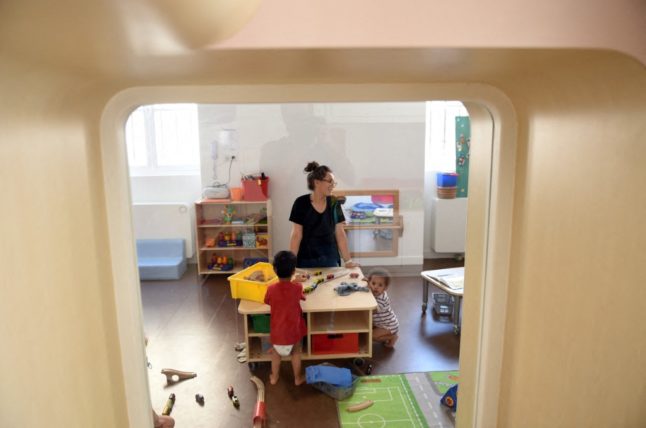Italian Prime Minister Giorgia Meloni presents herself as a “Christian mother” defending traditional family values. But after a year and a half in power, what concrete financial measures has her government taken to support families in Italy?
The 2024 budget approved at the end of December was the Meloni administration’s first real opportunity to follow through with its pledges of support for families.
Amid the cost of living crisis, more financial support for working parents in particular was something many voters were hoping to see.
While the government did allocate more funds to policies supporting families this year, the final draft of the budget turned out to be a mixed bag.
Main budget changes affecting families in 2024:
- The 2024 budget slightly increased the minimum amounts payable under the universal allowance (assegno unico e universale, a single, monthly means-tested payment that increases with each child.) See more details here.
- For 2024 only, it also extended a deduction of pension contributions for women who have at least three children to mothers of two children, up until the month that their youngest child turns ten.
- The maximum amount claimable towards nursery fees under the bonus asilo nido, or ‘nursery school bonus’, was increased for families with two children, one of whom must be born after the start of 2024.
- A second month of parental leave in 2024 can be taken at 80 percent of the parent’s usual income, instead of the former 30 percent; this will drop to 60 percent in 2025.
- VAT increased from 5 percent to 10 percent on formula milk and baby food, and from 5 percent to 22 percent on nappies and child car seats.
See a full breakdown of the maternity benefits available in Italy in 2024 and how to apply for them here.
The steep hike in VAT applied to nappies and baby formula has unsurprisingly been controversial, while some of the other measures fell short of what was initially reported based on earlier drafts of the budget law.
With most of the funding allocated to measures aimed at supporting larger families, media reports noted that it was hard to see how the government intended to encourage more young Italians to consider starting a family in the first place.
READ ALSO: The real reasons young Italians aren’t having kids
This has been a hot-button topic in Italian politics for years as the birth rate continues its steady descent. The latest figures from national statistics bureau Istat showed last week that the birth rate was near the lowest on record in 2023, with the number of births per Italian woman dropping further to 1.20, down from 1.24 in 2022.
Against this backdrop, successive governments over the years have promised to make starting a family more financially viable for young Italians. But while there have been improvements – Italy had no form of child benefit at all until 2020, for instance – the support available to new parents is often deemed inadequate.
While surveys show that a large proportion of young Italian adults would like to start a family, they don’t see it as realistic: the rising cost of living, low and stagnant wages, and widespread workplace discrimination during pregnancy have long been cited as just some of the reasons why people put off having children or have fewer than they would like.
Economists say Italy’s shrinking population – on course to fall by one fifth by 2050 – will soon mean the country must implement either huge tax increases or severe pension cuts.



 Please whitelist us to continue reading.
Please whitelist us to continue reading.
Member comments